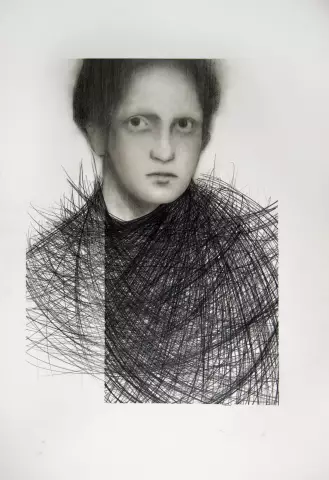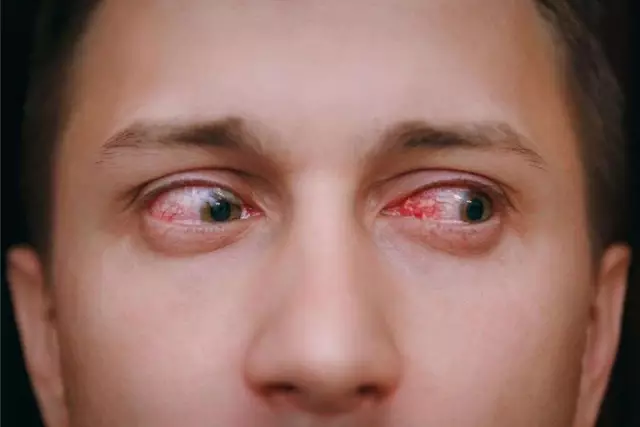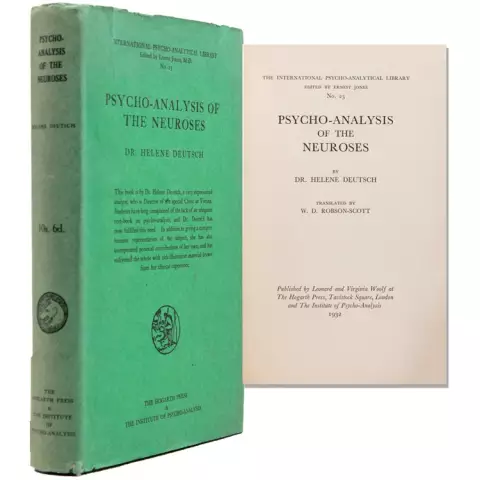- Author Rachel Wainwright [email protected].
- Public 2023-12-15 07:39.
- Last modified 2025-11-02 20:14.
Neuroses
General characteristics of the disease

The term "neurosis" is used to refer to a whole group of neuropsychiatric disorders with common symptoms. These are considered obsessive states, hysterical attacks or autonomic (functional) disorders in the work of organs.
For the first time about neuroses in children and adults in medical circles started talking at the initiative of the Scottish physician Cullen in 1776. Since then, the relevance of discussions about the classification and diagnosis of the disease has not diminished in the least. In domestic medicine, for example, for a long time there was no, as such, the concept of "neurosis" to denote an independent disease. Today, the opposite extreme is often observed, when instead of the term "neurosis" several names are used at once for neurotic, stress-induced disorders.
Neuroses - symptoms and types of disease
Difficulties with the creation of one generally accepted classification of the disease are caused by a huge number of very different symptoms of neurosis. The neurotic reactions of each person are deeply individual and often depend on the situation that caused the patient's internal conflict, the inability to make a decision or fear of certain future events. A simplified classification of neuroses by the symptoms of neurological disorders suggests the presence of at least 3 types of the disease: obsessive-compulsive disorder, neurasthenia, hysterical neurosis (the most common type of neurosis in children).
Obsessive-compulsive disorder
Obsessive-compulsive neurosis, also known as obsessive neurosis, is expressed in the patient's irresistible desire to perform certain actions or in an inexplicable fear of specific situations repeated in his life. The patient maintains a critical attitude to reality, realizes the incorrectness of his behavior and, because of this, experiences a feeling of alienation. The symptoms of obsessive-compulsive disorder can be of all sorts: from the uncontrollable habit of always counting steps to straightening out non-existent folds in clothes or the desire to return home several times to check if the iron is turned off.
Various types of phobias (fear of closed rooms or open spaces, fear of getting infected, going crazy or dying from some kind of disease) are all also types of neurosis in children and adults. Another symptom of this type of neurosis is the formation of rituals in patients, for example, the habit of returning home only by a certain route, etc. Obsessive-compulsive disorder can develop over the years. The patient gradually adapts to his phobias and tries to avoid situations that cause him unmotivated fear.
Neurasthenia
The disease is often called asthenic neurosis. Patients are characterized by complaints of increased fatigue, inability to concentrate, a feeling of weakness, apathy. At the same time, decreased performance and lethargy are observed against the background of excessive emotional excitability. Patients suffering from neurasthenia are usually quick-tempered, are in a state of constant tension, and the slightest external stimulus can cause a violent reaction in them. Other characteristic symptoms of asthenic neurosis are sleep disturbances, headaches, functional failures in the work of the gastrointestinal tract, reproductive and cardiovascular systems.
Hysterical neurosis
This type of disease is accompanied by various autonomic, motor and sensory disorders. The patient cannot fully control his body and makes involuntary movements. In contrast to patients with various types of psychoses, a person with symptoms of a neurosis of a hysterical type is uncomfortable with his motor reactions, but he is unable to resist them.

Very often patients with hysterical neurosis complain of a headache that tightens, like a hoop, the patient's temples. Other symptoms of this type of neurosis are tremors (twitching) of the limbs, head, eyelids, trembling, partial or complete loss of sensitivity, pain of a psychogenic nature. Many researchers consider some types of anorexia, enuresis and stuttering to be a variation of the disease. Childhood neurosis of the hysterical type often manifests itself as a habit of curling the lips, tilting the head, pulling out hair, eyelashes, or brushing the skin until it bleeds.
Neuroses - treatment and prognosis
Disease therapy is a specialization of neurologists and psychotherapists. The medical principle of treating neurosis is to prescribe tranquilizers of the benzodiazepine group. The psychoactive substances of these drugs cause drowsiness in the patient, reduce excitability, and have an anticonvulsant effect. Unfortunately, tranquilizers of this group have a considerable list of side effects. With the drug treatment of neurosis, nausea, itching, constipation, and decreased sexual function are often observed. As a result of 3-4 months of regular use of tranquilizers, a persistent dependence on the drug may form.
Nootropics, psychostimulants, antidepressants, vitamin and mineral complexes, physiotherapy and physiotherapy are also part of the complex treatment of neuroses of various etiologies. Additionally, the patient is assigned psychotherapy sessions, including individual conversations, hypnosis, group and family consultations, and art therapy. The task of non-drug treatment of neurosis is to change the patient's attitude to a problem situation. Neurological disorders are usually reversible. And a timely visit to a doctor avoids the protracted nature of the treatment of neurosis.
Treatment of neuroses in children
There is no separate disease and diagnosis of childhood neurosis in medicine. Neuroses in children, like adults, are a reversible mental disorder. Childhood neurosis is most often caused by intra-family problems: scandals between parents, conflicts in kindergarten or school, experienced severe fear, etc. As a reaction to trauma, childhood neurosis gradually develops, the cause of which can often only be established by a qualified psychotherapist.
Drug therapy for childhood neurosis is rare. Sedatives alone cannot solve this problem, and many drugs for the treatment of neurosis in adults are contraindicated in children due to their young age. With neuroses in children, art therapy is usually used: drawing, modeling, designing, dancing. But their effectiveness depends on how much the parents can change the life circumstances that caused the child's neurotic reaction, which grew into a child's neurosis.
YouTube video related to the article:
The information is generalized and provided for informational purposes only. At the first sign of illness, see your doctor. Self-medication is hazardous to health!






